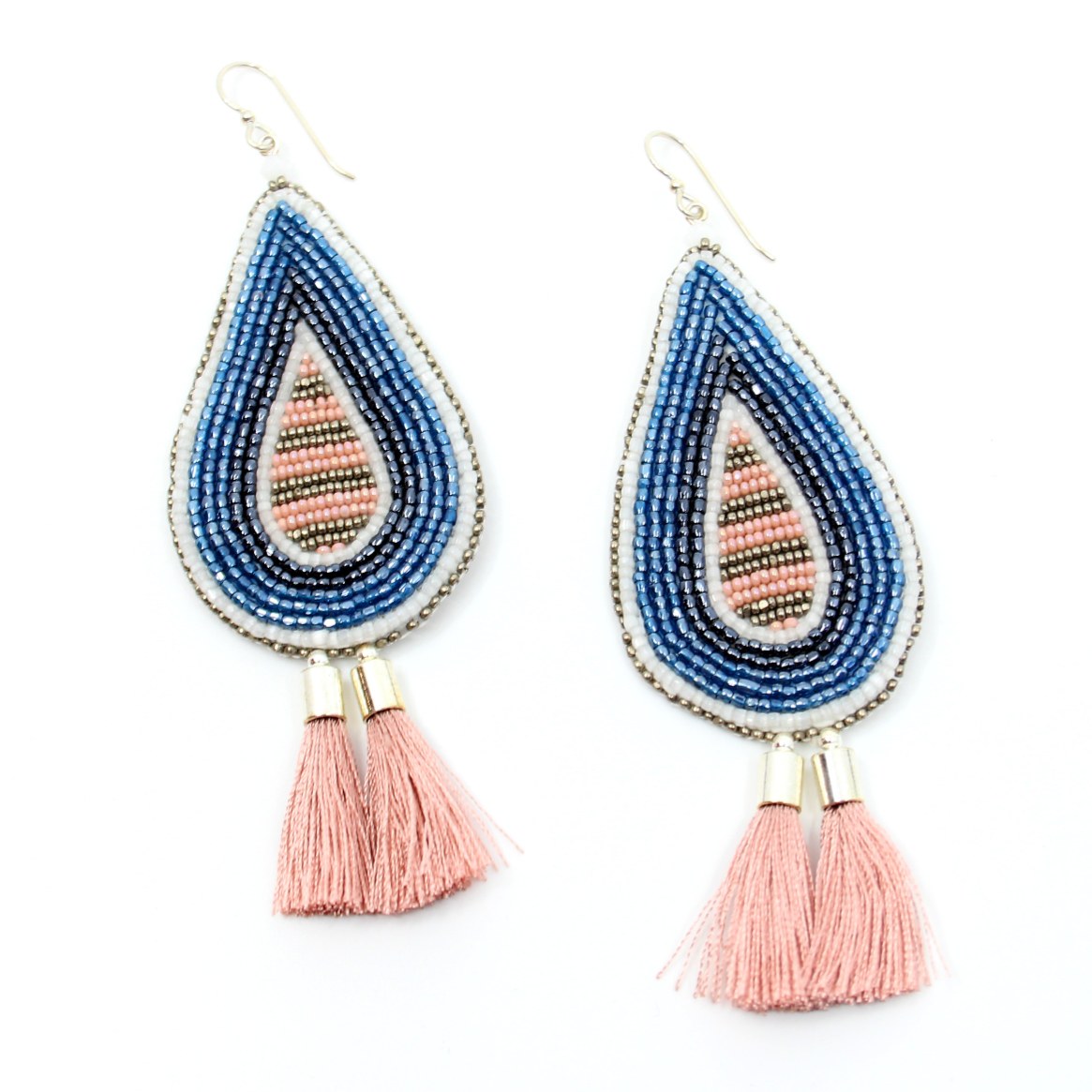Hollis Chitto’s beaded bags may seem too beautiful to use on the regular—but he doesn’t view them that way. “The handbags I make are lined and fully functional, if one were to wish to use them as such,” he says. While his creations make use of fine materials such as silk, Swarovski crystals, semi-precious stones, and silver and gold beads, he encourages his wearers to, well, actually wear them. Like many artists in this list, Chitto taught himself how to bead. “When I was around 10, I found a box of my mother’s beads and porcupine quills that she had tried to teach herself with. I started playing with the beads and quills and taught myself the basics,” he says. Now, his work is on display at the True West gallery in Santa Fe, and he regularly shows at the Santa Fe Indian Market, the Heard Museum Art Market in Phoenix, Arizona, and the Cherokee Art Market in Tulsa, Oklahoma.
Vogue Magazine: Meet 8 Indigenous Beaders Who Are Modernizing Their Craft
4/24/2019

For this year’s Heard Museum market, he created a fully beaded bag based off of the framework of an antique style. “The bag is lined with a cotton-printed fabric from Australia that is designed by [Indigenous] artists using their traditional designs. I used a lot of chain in this piece to reflect the chain handle that was attached to the frame when I found it,” he says. Referencing archival styles is something Chitto excels at; in the past, he’s also done a contemporary take on a cornmeal bag. “Pueblos use cornmeal for prayer during ceremony, and Pueblo women wear a bag around their neck to hold cornmeal. The bright colors contrast against the traditional black manta (dress) that Pueblo women wear,” he says. In addition to his bags, Chitto also produces jewelry, including large-scale medallions.
Up next, he hopes to use his work to draw attention to crucial issues that continue to affect Indigenous communities. “I am currently working on a couple projects that talk about ideas of queerness and being two-spirit,” he says. Chitto recently designed a bag, titled “Bloodwork 2,” for an exhibit, “We Never Left,” at the Museum of Arts & Sciences in Daytona Beach, Florida. “It is a white bag with a streak of red interrupting the design,” he says. “I made it to draw attention to HIV in Native communities. It is an issue that needs more awareness.”
